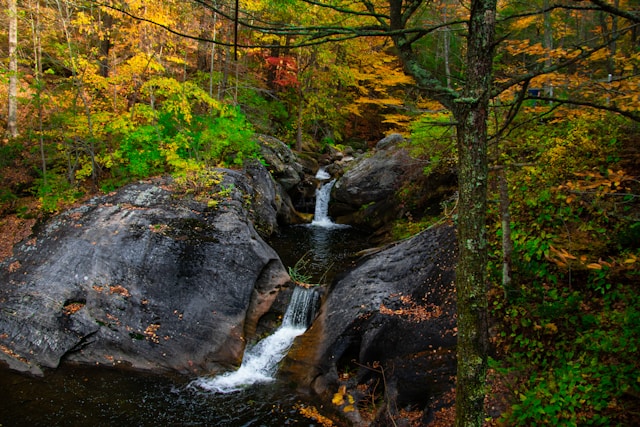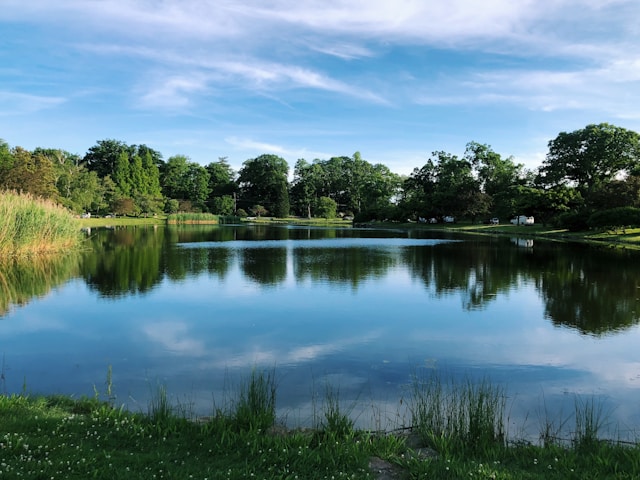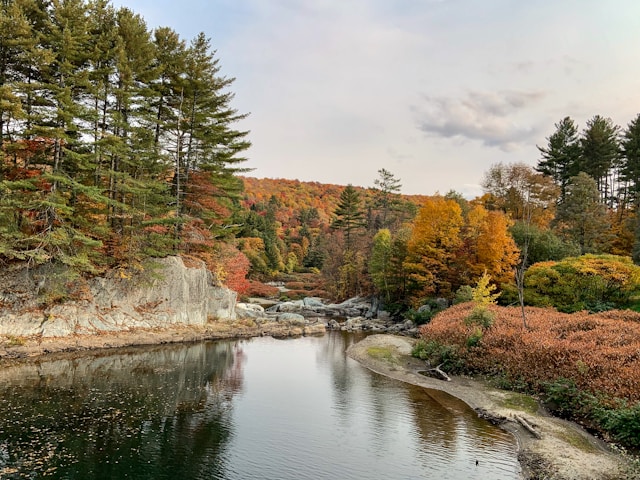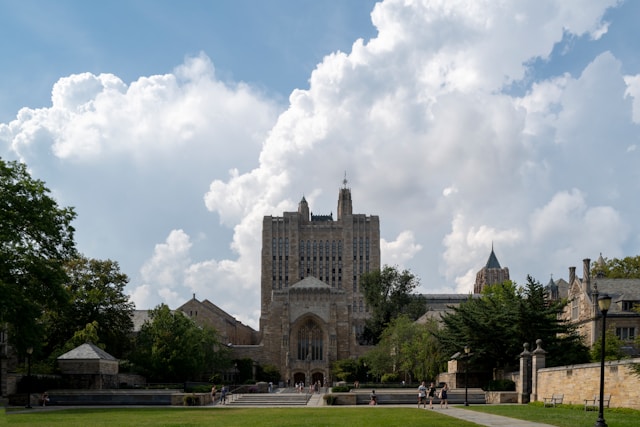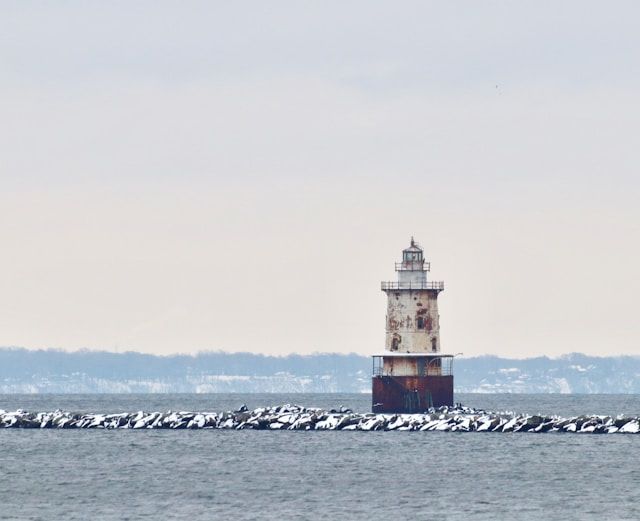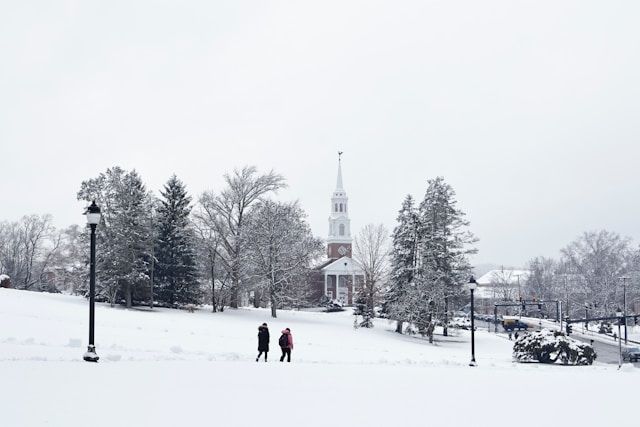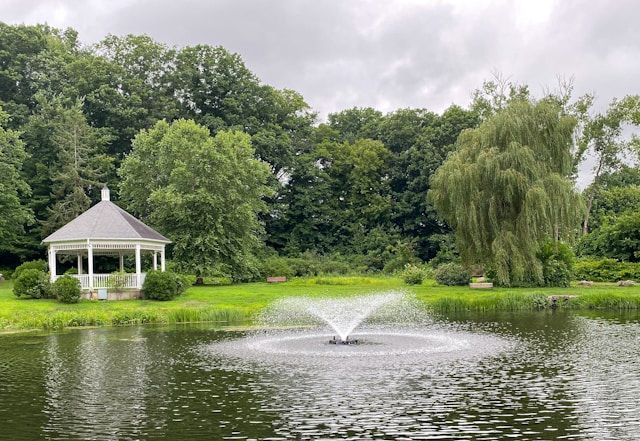If you’re planning a visit to this charming New England college town, you’ll want to know what to expect from the weather. Storrs, Connecticut experiences a humid continental climate with four distinct seasons, receiving about 42 inches of annual precipitation and averaging 36 inches of snow per year—more than the US average of 28 inches. The area enjoys approximately 190 sunny days annually, slightly less than the national average of 205 days.
The wetter season in Storrs runs from late March to mid-August, with June typically seeing the most precipitation. Summers are warm and humid with temperatures often reaching 90°F (32°C), perfect for exploring the lush landscapes around the University of Connecticut campus. Winters transform Storrs into a picturesque snow-covered haven, though temperatures can drop to a chilly 0°F (-18°C), creating perfect conditions for cozy indoor activities.
Get a discount of 15% to 70% on accommodation in Connecticut! Look for deals here:
Connecticut Hotels, Apartments, B&Bs
Temperature and Precipitation Patterns
Storrs, Connecticut experiences distinct seasonal changes with temperature swings throughout the year and varied precipitation patterns that shape the local environment.
Seasonal Temperature Variations
Storrs has a humid continental climate characterized by cold winters and warm summers. Winter temperatures can drop dramatically, sometimes reaching as low as 0°F (-18°C) during the coldest months of December, January, and February. These frigid conditions create picturesque snowy landscapes across the town.
Summer brings a pleasant contrast with warm, sometimes hot weather. July stands as the warmest month, with temperatures often climbing to highs around 90°F (32°C). The average high temperature during summer provides perfect conditions for outdoor activities.
Spring and fall serve as transitional seasons with mild temperatures that gradually shift between the extremes. These moderate periods showcase Connecticut’s famous foliage and blooming landscapes that attract visitors from across the region.
Rain and Snowfall
Precipitation remains fairly consistent throughout the year in Storrs, with the area receiving approximately 42 inches (107 cm) of total precipitation annually. The distribution varies by season, creating diverse outdoor experiences.
The wetter season spans 4.9 months from late March through August, with June having the highest precipitation frequency. During this period, visitors can expect about 9-10 wet days per month, making it wise to pack rain gear.
Winter months bring significant snowfall, transforming Storrs into a winter wonderland. December through February typically sees the heaviest snow accumulation, with monthly averages contributing to the seasonal charm of this New England town.
March marks the transition toward spring rainfall patterns, gradually replacing snow with rain showers that nourish the awakening landscape. This seasonal precipitation rhythm helps maintain the lush greenery that Connecticut is known for.
Additional Climate Features
Storrs offers unique climate characteristics beyond temperature and precipitation, including notable variations in daylight hours and distinctive weather patterns throughout the year.
Daylight and Sunshine
Storrs experiences significant seasonal variations in daylight hours. December has the shortest days of the year with an average of just 9 hours and 12 minutes of daylight. In contrast, summer months provide much longer days, perfect for outdoor activities.
The town enjoys a moderate amount of sunshine throughout the year. Storrs receives more sunny days than many other New England locations, making it appealing for visitors and residents alike. Spring and fall typically offer the most pleasant combination of sunshine and comfortable temperatures.
The UV Index peaks during summer months, particularly in June when outdoor protection becomes essential. April through September provide the most consistent sunshine, ideal for exploring the beautiful University of Connecticut campus and surrounding natural areas.
Special Weather Highlights
Storrs weather features some distinctive characteristics that set it apart from nearby locations. The area experiences a humid continental climate with cold winters and warm summers, creating four very distinct seasons.
Fall foliage in Storrs is particularly spectacular, with October typically offering peak colors against crisp blue skies. This makes autumn a prime time for visitors seeking classic New England scenery.
Winter often brings notable snowfall, transforming the landscape into a picturesque wonderland. The town’s proximity to Hartford-Brainard Airport (about 25 miles west) means weather patterns sometimes differ slightly from official airport readings.
Spring brings rapid temperature fluctuations, with April showcasing dramatic shifts between winter’s final appearances and summer’s first warmth. Late spring rainfall nourishes the abundant greenery that makes Storrs especially beautiful during May and June.
Get a discount of 15% to 70% on accommodation in Connecticut! Look for deals here:
Connecticut Hotels, Apartments, B&Bs

